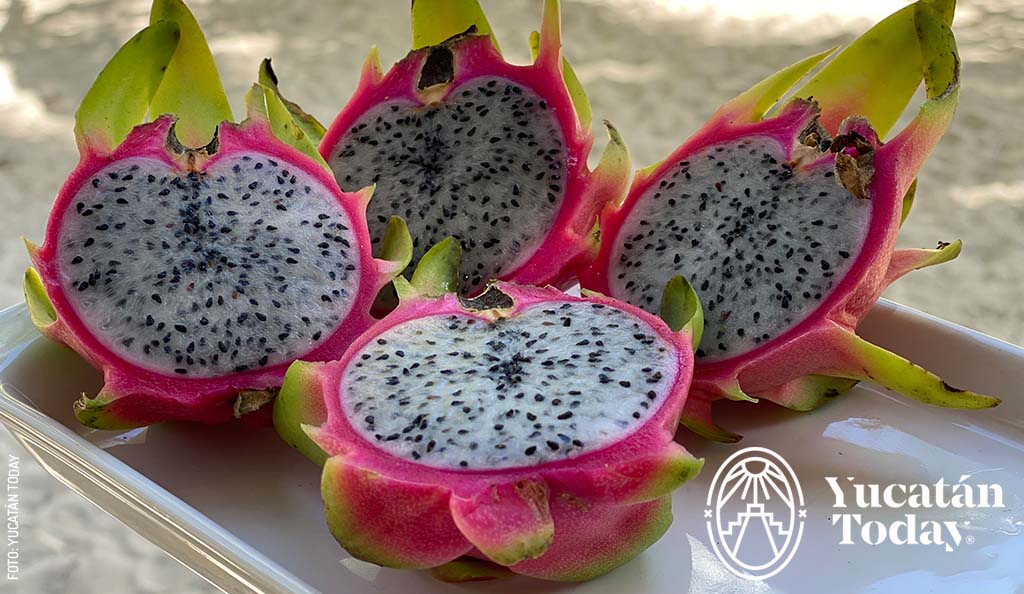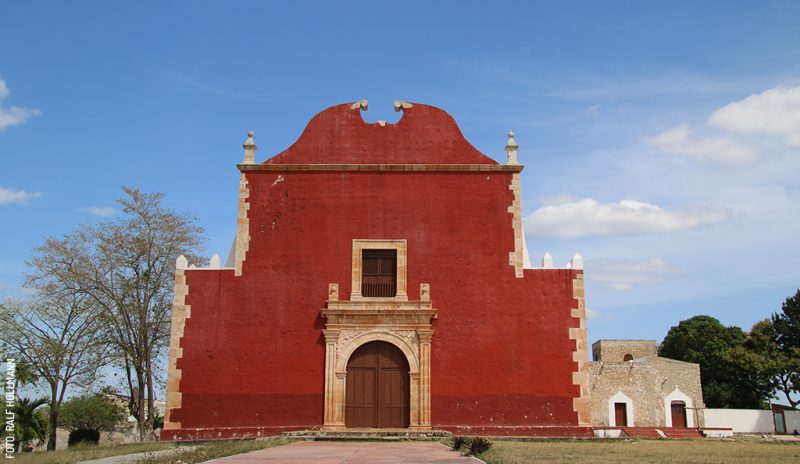
Maxcanú: A Scenic Adventure
I accepted the invitation to write about Maxcanú based on a photo of a former hacienda, or plantation (probably henequén), that really caught my eye (more on that in a moment).
Maxcanú is Maya and, according to those who know about these things, it has two possible meanings: something to do with four monkeys, or something to do with a beard of a certain chieftain named Canul. Canul is, to this day, a common Maya surname and the first Spaniards who showed up in the area in the 1730s were happy to take over the lives of the 200 or so Maya who lived there. These Maya previously responded to the dictates of their leader, one Ah Canul, which lends some credence to the bearded Canul theory.
Am I digressing? Probably.
The Road
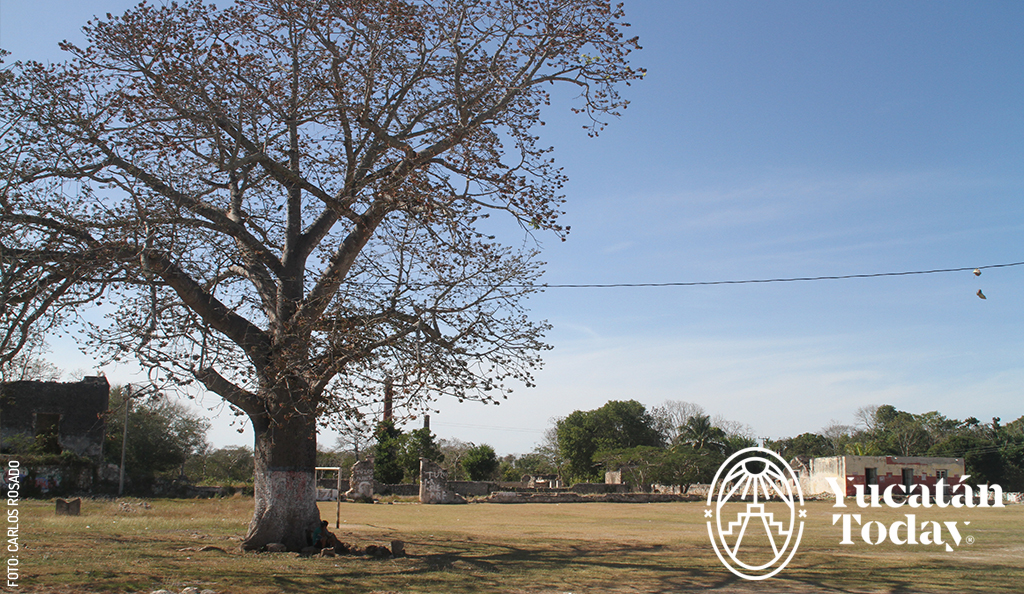
If you’re driving your own vehicle, you could make a few stops on your way there, of course. Chocholá is your first opportunity, with a renovated and colorful main square, a pretty church, and a friendly vibe. Anyone you say hello to will greet you with a smile and an hola. Chocholá is home to the over-the-top Hacienda Chablé hotel. The heavily-promoted cenote San Ignacio is also located there. This might explain the sprucing up for tourism.
This cleaned up look contrasts with your next possible stop which is Kopomá. This is a decidedly less touristy town with a small but interesting looking church (it is closed during the day, unfortunately), and a haphazardly-placed water tower next to it which makes taking a decent photo a challenge. If you’re hot, there is a cenote in town; its name is San Tito. Entry is $30 pesos and it is in the well of a house. Access is precarious to say the least and not for the faint of heart.
Both towns mentioned above feature those omnipresent colorful letters spelling out the name of the town, strategically placed in order for you to take a selfie.
Exploring Around
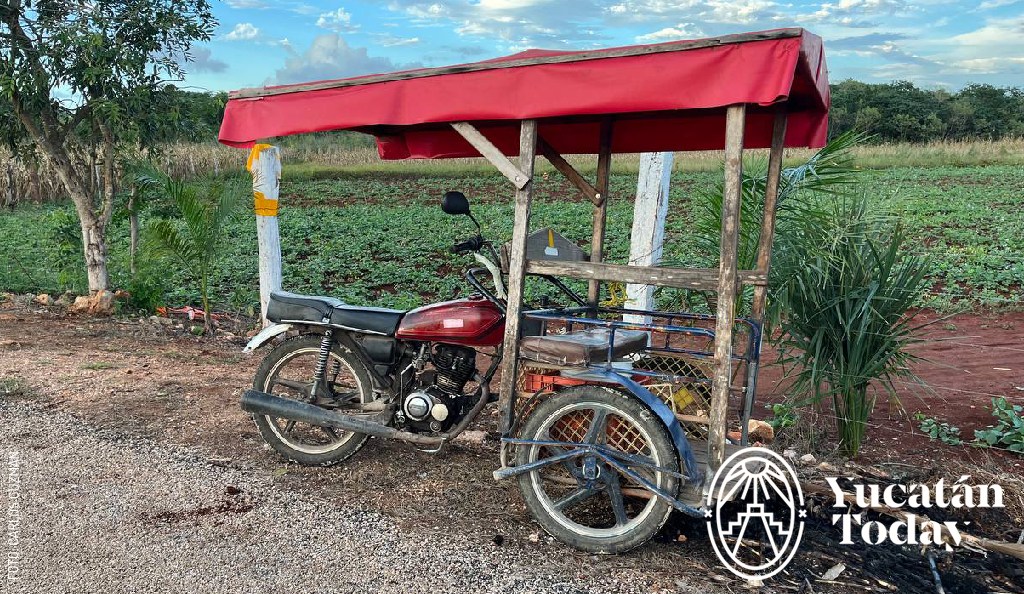
Arriving - after a comfortable 70-minute drive on a well-maintained federal highway - at Maxcanú, you are struck by the fact that this is a much bigger town than others in the area. In fact, about 25,000 people call it home. It’s one of 106 municipalities in the state of Yucatán and comprises several of the surrounding towns and former haciendas, now small villages each with the crumbling remains of a former sisal operation.
There’s traffic in Maxcanú and a great number of tricycle taxis, so drive carefully. The main square is green and park-like, with lots of shade trees, it is also quite large, even larger than Mérida’s Plaza Grande. There’s a lot of economic activity around the square, from the usual assortment of cell phone stores, to groceries and hardware. You’ll also find a watermelon stand parked on the square, with an additional selection of pineapples if they’re in season. Buy one or two, they’re inexpensive and delicious.
Beyond the square, you must visit the area on the small rise around the corner where you will find a collection of buildings that, anywhere else, might have been built around the main square. There you’ll see the church, dedicated to Saint Michael Archangel. If you arrive in the morning, or in time for evening mass, you may find the church open and can pop in for a look at the rather fancy altar. The afternoon light is particularly favorable for taking photos of the facade, which, against the blue sky of the Yucatecan “winter,” is quite stunning.
Full of History
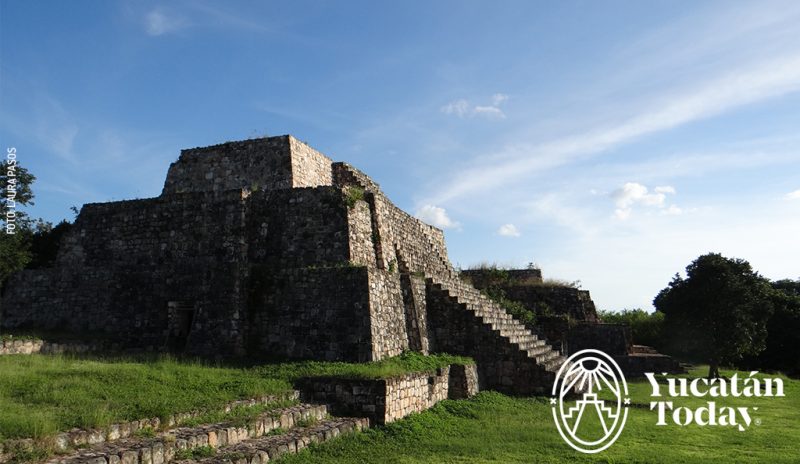
Across from the church, is the restaurant Oxkintok, named after the nearby archeological site. There you can find regional dishes and a surprising number of fish and shrimp dishes. I recommend chatting with Armando, the owner, whose father bought the fabulous French-style mansion set about restoring and rebuilding it. An interesting Maya stone awaits deciphering in the courtyard that might be worth a look if you think you are up to the task.
Back outside the restaurant and on one side of this small square, that surrounds a basketball court in its center, you will also find a white plaque on an ochre-colored colonial building. This indicates the birth home of Alfredo Barrera Vázquez, anthropologist, linguist, and Maya scholar (1900-1980). This is of special interest to those of us who are fascinated with the mix of Maya-Spanish spoken in Yucatán today (I wrote a dictionary on the subject). If you are as lucky as I was, the owner of the house will come out and welcome you to Maxcanú, and tell you something about the history of the place and of the house.
A few blocks from the church, restaurant and birthplace of Mr. Barrera, is a hill with a long set of stairs leading up to a small chapel. The chapel at the top is, of itself, not worth the long climb, but the view and welcoming breeze most certainly is. You can see for miles and miles, but photos of the town below you are hard to take thanks to the profusion of electric wires overhead and their supporting cast of concrete poles. Finally, it was time to begin to look for the hacienda in the photo that prompted this article. I asked everyone and, as no one could tell me about it until I showed them the photo, their eyes lit up in recognition and they sent me on the way to Chan Chocholá.
There, the most spectacular sight awaits the intrepid visitor. As you approach the tiny town center, off across the fields and poking through the trees are a pair of medieval-style French-looking towers attached to bits of a crumbling hacienda held together by cinder blocks and concrete additions to what was once essentially a castle. The towers have slate roofs. SLATE - formed over centuries in the grey mud of European rivers - that was brought over by these wealthy landowners for the roofs of their humble ranch house! Amazing and a photographer’s dream. I advise going soon because there is little left of the place and it is deteriorating at an alarming rate in the absence of any effort to restore or rebuild it. Horses and cattle now rule the place, along with a few free-range turkeys.
Let's Eat
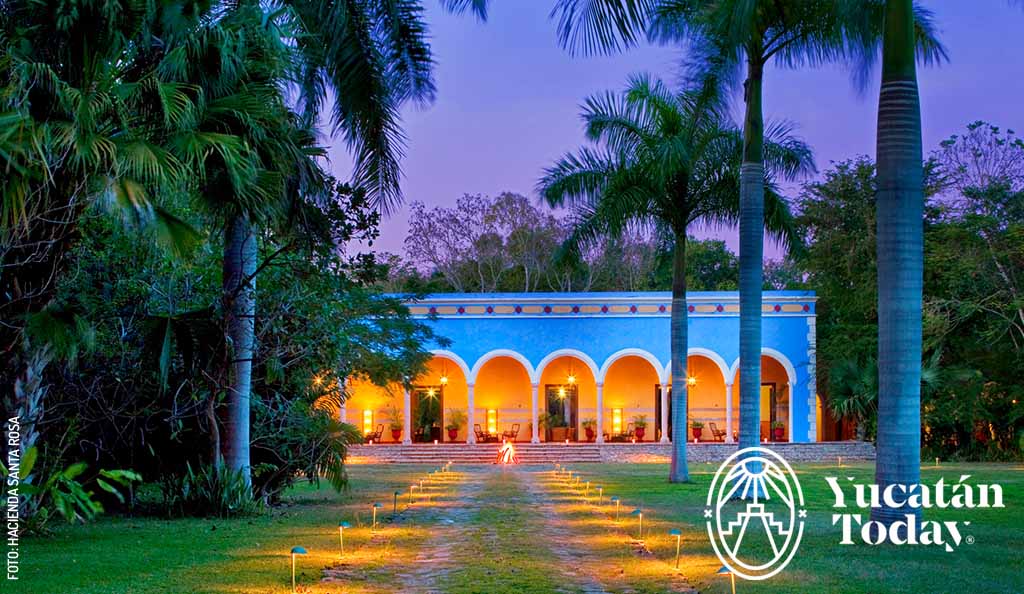
You’re probably wondering “yes, that’s all very fine and good but where can I eat?” There are not a lot of readily visible options. There is the market of course, and that can be a hit or miss thing. For a more refined food experience, you could visit the relatively nearby Hacienda Santa Rosa, which forms part of the greater municipality of Maxcanú and is run by Starwood. Their restaurant is pretty, the service is very good, and the food delicious. Just be aware that access depends on their occupancy. I would also add that it’s a good idea to keep an eye out for street food.
On the trip I took to write this article, I saw a sign that said Tamales, but when I stopped and asked, these would not be ready until 5 pm, too late for me. They did, however, have exquisite grilled pork ribs. Normally these are bone-in, chewy and burnt chunks of carbon-colored meat but the rib chunks this woman served up on a styro plate to eat in the car, were absolutely delicious: tender, flavorful, obviously marinated in garlic and spices, and there were no bones - the perfect size to pop in your mouth as you drive along.
Maxcanú is a great colonial destination that combines a historic town with crumbling haciendas and smaller settlements around it. Don’t miss the chance to see it for yourself.
If you want to learn more about Maxcanú and see more of its nature side, "Discover Maxcanú’s White Gold at the Jicama Festival".
Photography by Ralf Hollmann and Esteban Dupinet for its use in Yucatán Today.

Author: Ralf Hollmann
A bonafide Yucatecan born in Germany and raised in Canada, with a degree in Hospitality and Tourism from the British Columbia Institute of Technology and an occasional source of sometimes-deserved snark, Ralf has experience traveling, leisure tourism, copyediting, creative writing. He also plays the guitar and enjoys taking photos. IG: ralf.around.the.world
In love with Yucatán? Get the best of Yucatán Today delivered to your inbox.
Related articles
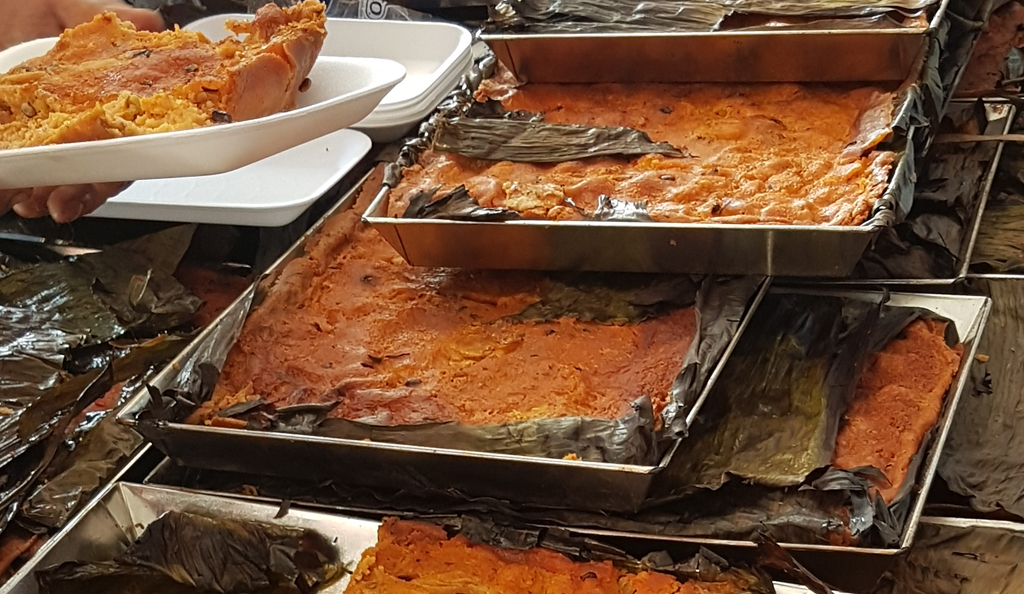
Yucatecan “Soul Food” for Janal Pixan
Something that definitely brings us joy are the traditional dishes of this season and the Hanal Pixán celebrations in Yucatán, get to know them all!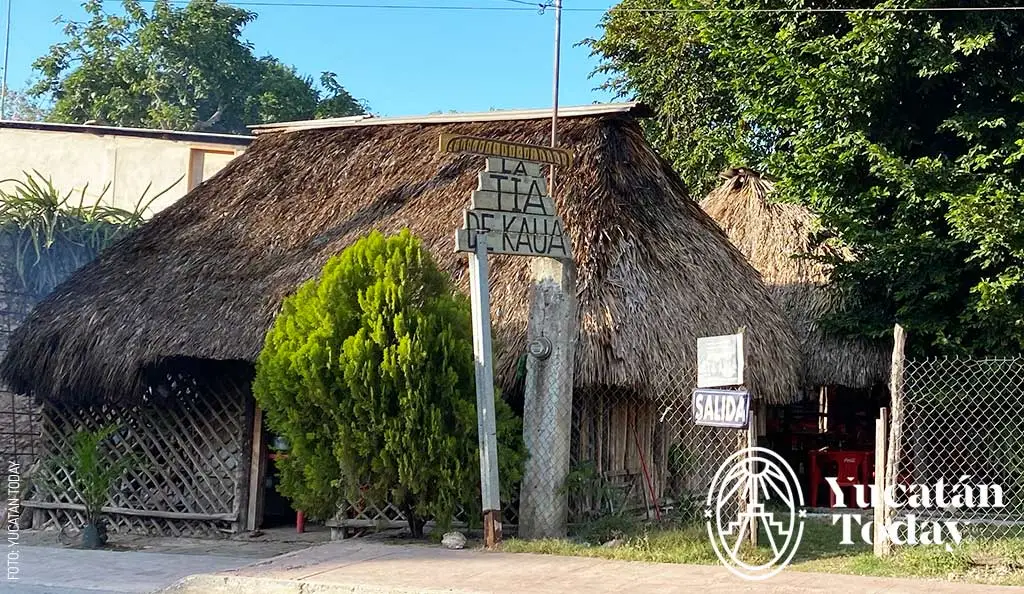
The Tías of Kaua
Before the toll road, women in many of the towns offered something to eat and drink. Kaua is one such town. Eat Poc Chuc!